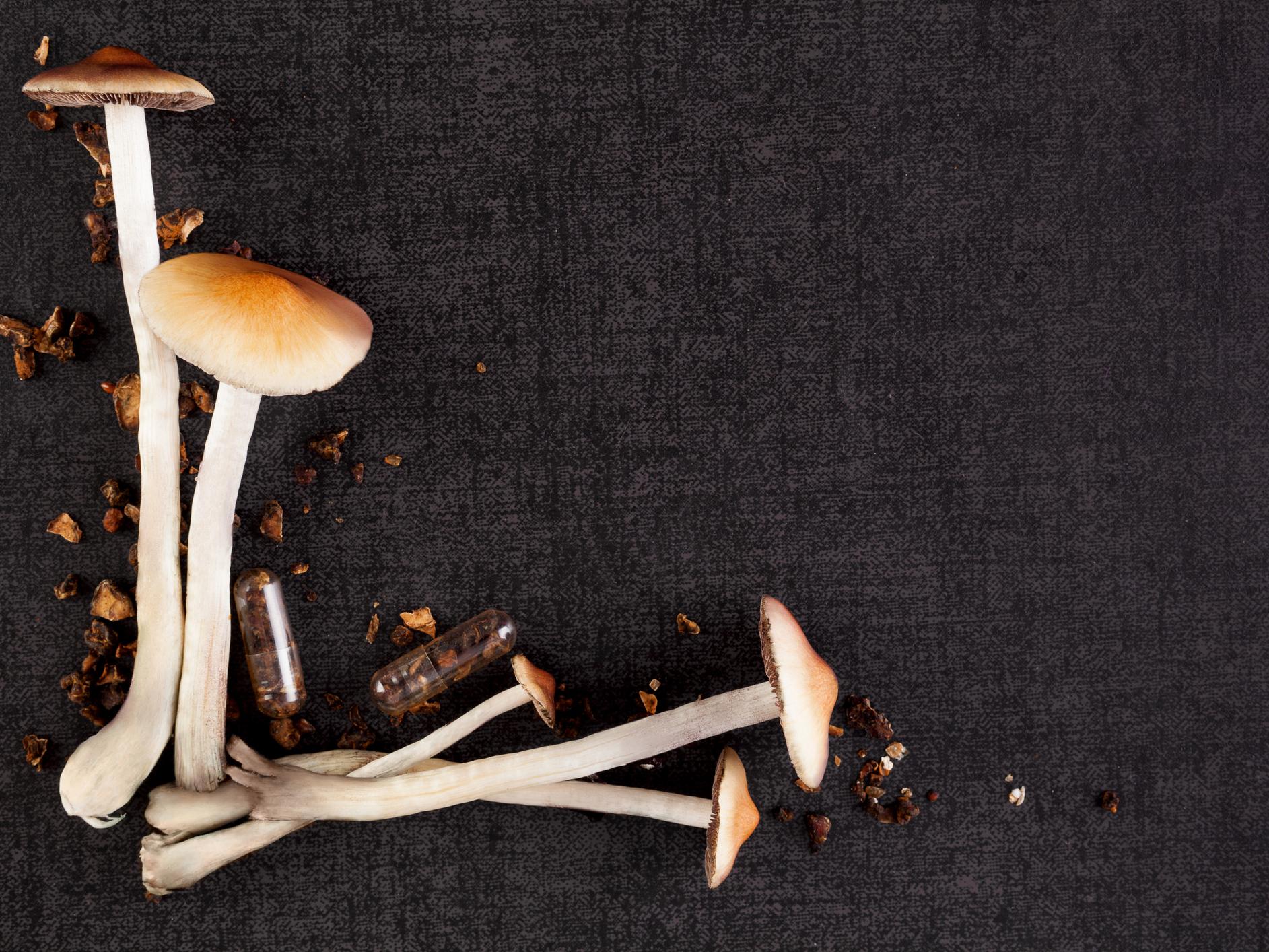Magic mushrooms evolved hallucinogenic chemicals to stop insects eating them, say scientists
Genetic analysis suggests psilocybin serves a useful function for psychedelic fungi, and may change the way potential attackers think

Your support helps us to tell the story
From reproductive rights to climate change to Big Tech, The Independent is on the ground when the story is developing. Whether it's investigating the financials of Elon Musk's pro-Trump PAC or producing our latest documentary, 'The A Word', which shines a light on the American women fighting for reproductive rights, we know how important it is to parse out the facts from the messaging.
At such a critical moment in US history, we need reporters on the ground. Your donation allows us to keep sending journalists to speak to both sides of the story.
The Independent is trusted by Americans across the entire political spectrum. And unlike many other quality news outlets, we choose not to lock Americans out of our reporting and analysis with paywalls. We believe quality journalism should be available to everyone, paid for by those who can afford it.
Your support makes all the difference.The hallucinogenic substance that puts the “magic” in magic mushrooms may have originally evolved as a protection against insect attack, according to a new study.
The same chemicals that make humans “trip” may also repel insects by manipulating their brain chemistry and save the mushrooms from being eaten, according to a team of scientists led by Professor Jason Slot, a fungus specialist at The Ohio State University.
They arrived at the conclusion after studying the genetics of different magic mushroom lineages.
The hallucinogenic properties of magic mushrooms are induced by a chemical called psilocybin.
By comparing the genomes of hallucinogenic fungi with non-hallucinogenic relatives, the scientists were able to locate the group of genes responsible for this psychedelic chemical.
They found mushrooms which contained psilocybin were not actually that closely related.
This suggested the genes had been physically transferred on multiple occasions between distantly related groups in a process called horizontal gene transfer.
As this is not common in fungi, its prevalence for the psilocybin genes in magic mushrooms was an indicator to Professor Slot and his team that these genes must serve a useful function.
“Our main question is, 'how did it evolve?'," said Prof Slot said. "What is the role of psilocybin in nature?"
To understand this, the scientists considered the threats facing magic mushrooms in their natural environment.
Fungi tend to grow in animal faeces and rotting wood – habitats they share with a variety of insects and other small creatures that will happily feed on mushrooms.
These insects pose a threat to the mushrooms’ survival, and the scientists suggested psilocybin may have evolved as a means to counteract this threat.
"We speculate that mushrooms evolved to be hallucinogenic because it lowered the chances of the fungi getting eaten by insects," said Professor Slot.
Just as psilocybin does unusual things to the human brain, it may also change the way insects think.
"The psilocybin probably doesn't just poison predators or taste bad. These mushrooms are altering the insects' 'mind' – if they have minds – to meet their own needs."
Though the effects of psilocybin on insect brains are not well understood, one of the transmitters the hallucinogen interacts with in human brains is also found in flies, and is known to be involved in appetite control.
The results of their work were published in the journal Evolution Letters.
If the psilocybin has a significant benefit to mushroom survival, this would help explain why genes responsible for its production have spread and subsequently been maintained in a variety of fungi groups.
As for the physical mechanisms of transfer between these groups, the scientists suggested that different mushroom species are able to share genes when they live in close proximity.
Join our commenting forum
Join thought-provoking conversations, follow other Independent readers and see their replies
Comments